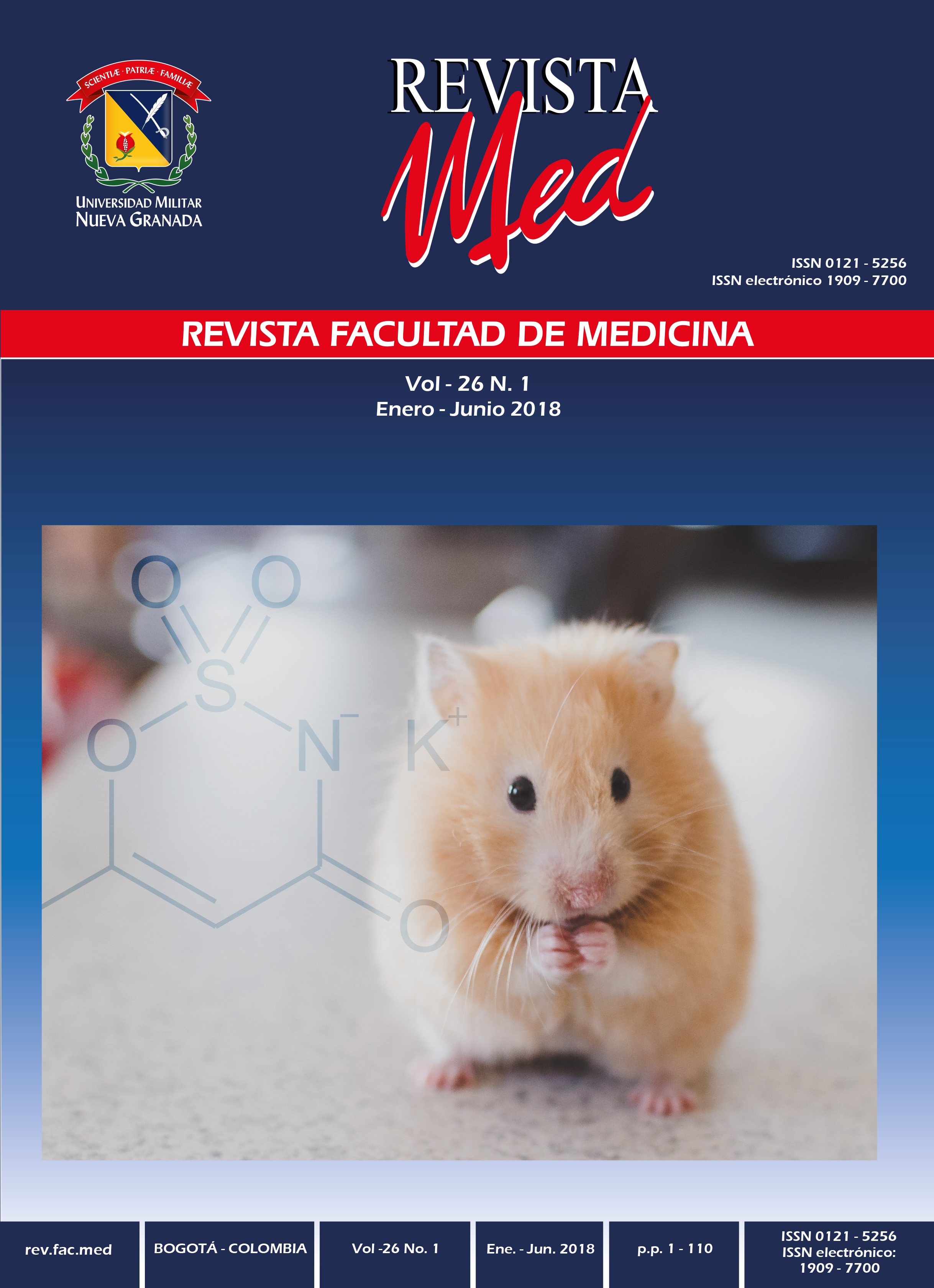Kidney abscess in pediatrics: 2 case reports
Abstract
Introduction: Renal abscesses are not common in pediatrics after urinary tract infections.
Case reports: The two cases involve two 8 and a 13 month old girls with urinary tract infections, who also develop renal abscesses. In both cases, after a urinalysis shows signs of urinary tract infections, empirical management with amikacin is initiated. The uroculture report shows a growth of Escherichia coli (E. coli) >100,000 CFU/ml, sensitive to the given antibiotic, with a normal initial renal ultrasound in the first case and right nephromegaly in the second case. Despite the antibiotic treatment, the fever persisted for more than three days, which is why a suppurative complication is suspected. In the first case, the renal ultrasound from the control suggests the presence of a renal abscess, but in the second case, despite serial ultrasounds, only nephromegaly was reported; therefore, an abdominal tomography with contrast was performed in order to confirm the diagnosis. The initial antibiotic, despite in vitro sensitivity, was not able to control the formation of renal abscesses. In the first case, the infectious process was controlled using amikacin and ceftriaxone, but in the second case, meropenem and amikacin were necessary. At no point in time did the renal function change. It is important to note how infrequent renal abscesses in children are in our institution, given that there have not been any reported cases for several years.
Conclusions: Renal abscesses in pediatrics are not frequent; they develop mainly after a urinary tract infection. A high level of suspicion along with an adequate diagnosis is needed in order to guide its management, be it only medical or associated with surgical drainage.
Downloads
References
López J. Infección urinaria en pediatría. Evaluación del antibiótico empírico inicial. Pediatría. 2008; 42(2): 51-62.
Bitsori M, Raissaki M, Maraki S & Galanakis E. Acute focal bacterial nephritis, pyonephrosis and renal abscess in children. Pediatr Nephrol. 2015; 30: 1987-93.
Piñera C, Loyola F & Hernández P. Nefronia en pediatría: dentro del espectro de las infecciones urinarias. Serie clínica y revisión de la literatura. Rev Chilena Infectol. 2015; 32(5): 564-8.
Seguias L, Srinivasan K & Mehta A. Pediatric Renal Abscess: A 10-year Single-Center Retrospective Analysis. Hospital Pediatrics. 2012; 2(3): 161-6.
Linder BJ & Granberg CF. Pediatric renal abscesses: a contemporary series. Jornal of Pediatric Urology. 2016; 12(2): 99 e1-5.
Cheng CH1, Tsai MH, Su LH, Wang CR, Lo WC, Tsau YK, Lin GJ, Huang YC, Chiu CH & Lin TY. Renal abscess in children: a 10-year clinical and radiologic experience in a tertiary medical center. Pediatr Infect Dis J. 2008; 27(11): 1025-7.
Cancelinha C, Santos L, Ferreira C & Gomes C. Renal abscesses in childhood: report of two uncommon cases. BMJ Case Rep. 2014. doi: 10.1136/bcr-2013-202408.
Comploj E, Cassar W, Farina A, Gasparella P, Trenti E et al. Conservative management of pediatric renal abscess. Journal of Pediatric urology. 2013; 9: 1214-7.
Consuelo M, Dominguez C, Estornell F & García-Ibarra F. Tratamiento conservador de un absceso renal múltiple. Cir Pediatr. 2013; 26: 150-2.
Fullá J, Storme O, Fica A, Varas A, Flores J, Marchan F & Varas D. Abscesos renales y peri-renales: análisis de 44 casos. Rev Chil Infect 2009; 26 (5): 445-51.
Ybarra ME, Ambrosio LD & Fioravanti A. Descripción del caso presentado en el número anterior: absceso renal. Arch Argent Pediatr 2011; 109(2): 173-9.
Lohr JA & O’Hara SM. Renal (Intrarenal and Perinephric) abscess. Chapter 52. Long: Principles and Practice of Pediatric Infectious Diseases, 3rd ed. 2008).
Hochreiter D, Lin J, Singh J & Shetty AK. Renal abscess due to community-adquired extended-spectrum B-lactamase- producing Escherichia coli in a 15-year-old girl. Urology. 2015; 85: 1480-2.
Yock LC & Boyce TG. Fever and Abdominal Pain Following Incision and Drainage of a Cutaneous Abscess. Clinical Pediatrics. 2015; 54(3): 296-8.
Gonzales ET & Kaplan SL. Renal abscess. Feigin and Cherry’s Texbook of Pediatrc Infectious Diseases. James D. Cherry, Gail J Harrison, Sheldon L. Kaplan, William J Steinbach & Peter J Hotez ed. Elsevier. United States of America. 7ª edición. 2014. pp. 553-8.
Swischuk LE. Radiología en el niño y en el recién nacido. Editorial Marbán libros SL. Edición en español. Madrid, España. 2005. pp. 606.












